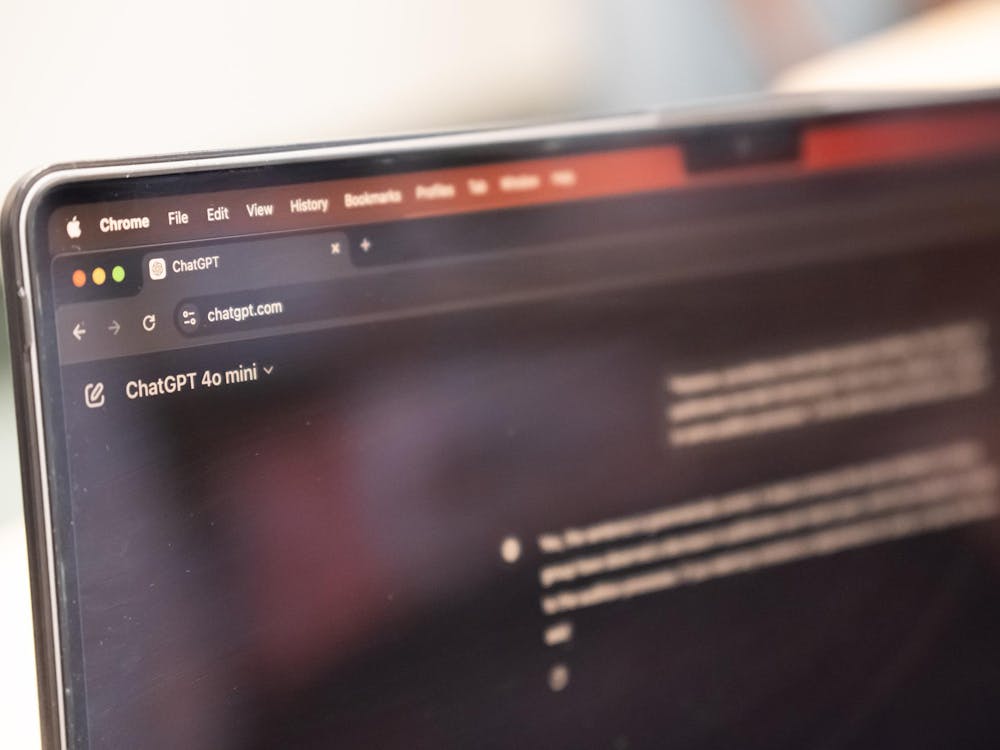I had a few laughs at the quotes within the piece, most of which came from individuals I know personally. I also perused the anonymous online comments, in which readers vented their frustrations with the subject matter and imbalanced representation of black student voices. From there, I left the article feeling wholly unsatisfied, because the dialogue it sparked only made one thing evident: The way in which we address self-segregation and, conversely, diversity, depends too much on phenotypic aspects and not enough on the factors that truly define our relationships with each other.
Reflecting on this, I couldn’t help but remember my first column for The Daily Princetonian, “The Trappings of Solidarity,” in which I denounced self-segregation and extolled the virtues of diversity. To a naive freshman like me, diversity, as we’ve traditionally defined it, seemed like the best way to search for and make friends. As soon as the column was published, I was taken to task by a sophomore, who asked me to lunch so he could defend the value of solidarity amongst black peers. Then, he referenced an article that the Street section published shortly after my column, which highlighted the various manifestations of self-segregation among athletes, music and dance groups, for example.
Of course, I dismissed his views as radical, and I felt he was being overly apologetic in justifying why black students predominately associated with each other. As I began to meet new people, however, my perspective on friendships changed dramatically as my group of friends became increasingly homogenous in appearance. I was becoming the very person that I initially denounced: the self-segregator!
One of the first and most enduring reactions I had to this was a sense of guilt. I’d feel it every time I sat down at a so-called “black table” to eat, wondering what my non-black friends two tables over were thinking. Each night that I went to the Street, I’d juggle that fear of judgment with a sincere hope not to be taken, along with my friends, as a gang of local hoodlums and threats to public safety.
Soon, I passed from that stage of guilt to one of frustration, a sentiment shared by many of my peers. Why should I feel guilty about the people with whom I associate, when I don’t hear football players or a cappella groups expressing similar misgivings? The answer came to me, conveniently enough, after reading this month’s investigative piece: In our analysis of who associates with whom, we dwell too much on what we see and not enough on why or how we befriend people in the first place.
For the record, I don’t only have black friends. While most of my closest friends happen to be black, however, that does not diminish the diverse nature of each of their personalities.
Moreover, I made friends much in the same way that anyone else does. We all take classes (though our attendance is a whole other matter), and we get to know our peers both in and beyond the intellectual realm. I’ve acted in plays, worked campus jobs, eaten in dining halls and danced at the eating clubs, all of which have proven fertile ground for establishing relationships.
The deeper problem lies in the guilt that people feel for having the friends that they do, mostly because of how easy it is to visually distinguish them. I’ve come to a point where I don’t feel guilty for befriending people, no matter how they look. My position was prompted by the flawed way that we assess self-segregation and diversity. In my mind, there’s no such thing as inherent diversity by virtue of my race. To suggest that I should reach out to Asians, whites, Latinos or anyone else because we are ethnically different misses the point altogether.
In my first column, I said, “It wasn’t until I broke out of the mindset that commonality breeds comfort that I was able to make new friends on an individual level.” Yet that view of commonality, based on racial appearances, was essentially unsound, and, judging by the depth and value of my friendships today, I can say that three years at Princeton have opened my eyes to what diversity truly is. And I didn’t even have to use my eyes to see it.
Walter Keith Griffin is a religion major from Philadelphia. He may be reached at wkgriffi@princeton.edu.








